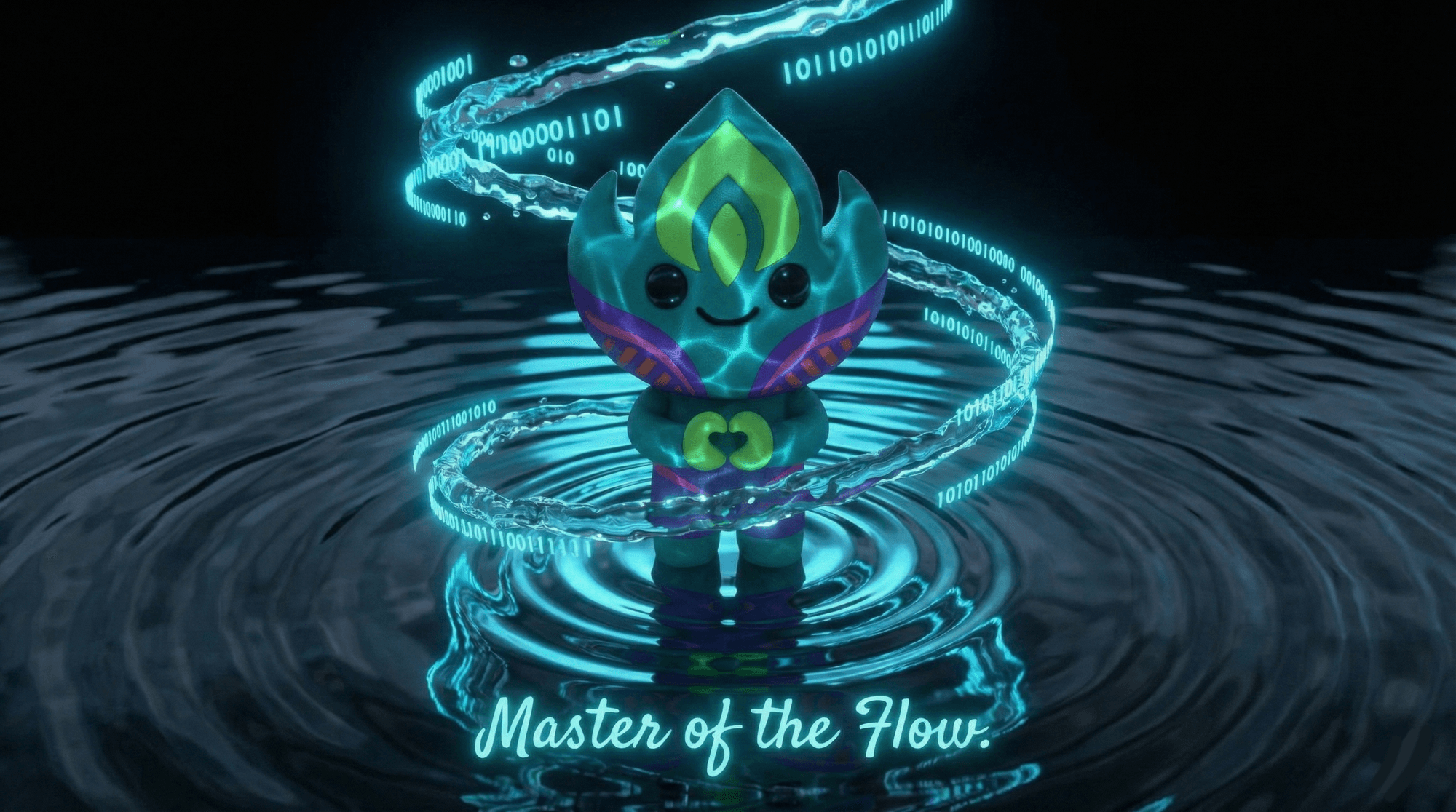
The introduction of Non-Fungible Tokens (NFTs) has created new opportunities for artists and creators to monetize their digital work. At the heart of this process are NFT royalties, which allow creators to earn a percentage of sales every time their work is resold. In this article, we will break down how royalties in NFT collections work, why they matter, and how platforms like Tradeport are helping creators maximize their earnings.
What Are NFT Royalties and Why Are They Important?
NFTs allow creators to tokenize their digital content, such as artwork, music, or collectibles, and sell them directly to buyers. Unlike traditional sales, NFT royalties ensure that creators continue to profit whenever their work is resold in secondary markets.
For example, an artist who sells an NFT for $500 on Tradeport can set a royalty of 10%. If that NFT is later resold for $1,000, the artist would automatically receive $100, thanks to the royalty system. This ensures creators benefit from their work’s increasing value.
Key features include:
- Ongoing revenue: Creators continue earning from secondary sales.
- Fair compensation: The artist’s success is rewarded as their work’s value grows.
- Transparency: Royalties are managed by smart contracts, ensuring accurate payments.

How Do NFT Royalties Work?
On Tradeport, royalties are managed through smart contracts—self-executing programs on the blockchain. These smart contracts automatically handle the royalty payments when an NFT is resold, based on the terms set by the creator during the minting process.
How the Process Works on Tradeport:
- Minting: The creator mints the NFT on Tradeport and includes the royalty percentage in the smart contract.
- Initial Sale: The first buyer purchases the NFT from the creator.
- Resale: When the buyer resells the NFT, the smart contract automatically sends a portion of the sale to the creator.
- Royalty Payment: Payments are processed instantly, with no need for manual intervention.
Royalty Models Supported by Tradeport:
- Fixed Percentage: Creators can set a fixed percentage (e.g., 5% or 10%) to be paid every time their NFT is resold.
- Customizable Rates: Creators can adjust royalty rates based on their preferences for different sale conditions.
By using Tradeport’s royalty system, creators can focus on producing their art, knowing that their earnings will be handled fairly and efficiently.

Understanding Different Royalty Models on Tradeport
On TradePort, creators have different royalty models to choose from, providing flexibility in managing their earnings. One option is the fixed percentage model, where a creator can set a specific percentage, like 5% or 10%, on each resale. Another option is the customizable model, which allows creators to adjust the royalty rate based on specific conditions, such as the resale price. This setup helps creators align their royalty terms with their financial goals over time.
Are NFT Royalties Guaranteed on Tradeport?
One of the key advantages of using Tradeport is that royalty payments are guaranteed by the platform’s smart contracts. These contracts ensure that the terms set by the creator are always followed, regardless of where or how the NFT is resold.
Royalty Enforcement on Tradeport:
- Automatic Payments: Smart contracts handle all royalty payments, so creators don’t have to manually track sales.
- Secure Transactions: Whether the NFT is resold within Tradeport or externally, the royalties are secured through blockchain technology.
This level of assurance makes Tradeport an ideal platform for creators who want to protect their earnings and focus on their craft.

Platforms That Support NFT Royalties
Many platforms offer NFT royalties, but TradePort distinguishes itself with its ease of use and flexibility. Creators can set their royalty percentages based on their needs, and payments are automatically processed for every secondary sale.
TradePort supports both Ethereum and Polygon, allowing creators to manage royalties efficiently without the need for manual tracking. This setup ensures creators receive consistent earnings as their work continues to sell, offering a straightforward way to benefit from the growing NFT market.
By providing customizable royalty options, Tradeport gives creators more control over their earnings, ensuring they get rewarded fairly as their work continues to sell.
Which Blockchains Support Royalties for NFTs on Tradeport?
The Tradeport platform supports multiple blockchains, each offering different benefits for creators in terms of speed, cost, and flexibility.
- Ethereum: The most widely used blockchain for NFTs, providing high liquidity and widespread adoption.
- Polygon: A scalable solution with lower transaction fees, making it attractive for creators who want to avoid high gas fees.
Tradeport offers creators the flexibility to choose the blockchain that best fits their needs, ensuring they can manage royalties efficiently while minimizing costs.
FAQ
Can the royalty percentage be changed after minting?
No, royalty percentages are fixed once the NFT is minted and cannot be changed.
Do all marketplaces support NFT royalties?
No, not all platforms support royalties. Check whether the marketplace enforces royalties before listing.
What is a typical NFT royalty percentage?
Typically between 5% and 15%, though it can vary based on the creator's choice.
Are NFT royalties legally enforceable?
They are not always legally enforceable but rely on smart contracts and platform compliance.
Do buyers pay royalties?
Yes, buyers pay the royalty fee when reselling the NFT.
Can all NFTs have royalties?
Yes, royalties can apply to any tokenized digital asset, including art, music, and virtual items.
Why NFT Royalties Matter
Royalties are a key part of the NFT ecosystem, giving creators the chance to keep earning from their work long after the initial sale. This system ensures that artists, musicians, and other creators benefit financially as their work increases in value on secondary markets. With smart contracts handling the payments automatically, creators don’t need to worry about tracking sales or managing payments.
Whether new to NFTs or experienced, creators can focus on producing new work while still receiving consistent revenue from resales. NFT royalties promote fairness and allow for sustainable income over time.
If you found this helpful and want to get deeper into NFTs and blockchain technology, visit our site TradePort.xyz. Take advantage of tools like the TradePort API and explore a wide range of blogs and insights, all available for free!
Stay updated with the latest news and tips by following TradePort on X/Twitter.




